If you’re into capturing breath-taking sunsets and fun moments, you must be familiar with high-tech cameras available today, such as HDR cameras.
An HDR or High Dynamic Range photograph is a unique blend of creativity and necessity. When these reasons overlap, chances are you get a stunning photo, adding your preferred twist to it.
To achieve all of it, you must invest in a great quality HDR camera. Worrying over how to find one? Don’t. Because this guide features some of the best HDR cameras with other essential information.
In this article
Part 1: What is HDR Photography?
HDR photography enables you to capture a photo with a greater dynamic range. This technique helps you incorporate a higher ratio of ligh to dark contrast to your images.
As a photographer, you might have noticed the white often wash out the highlights. Or, dark colors appear big and black blobs. And it’s quite challenging to maintain both factors while clicking a stunning photo.
But this is not the case with HDR photography.When you opt for it, it lets you capture photographs with amazing details. It even allows you to merge several exposures, so you can showcase details with darker and brighter tones, even in high-contrast scenario.
Does it all sound interesting? If so, let’s check some HDR cameras.
Part 2: Top 5 Picks of Trending Professional HDR Cameras in 2022
1) Sony a6300
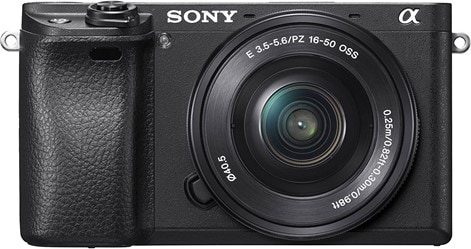
It’s Sony’s mid-range mirrorless camera with 24MP resolution and increased video capability, autofocus ability, and viewfinder resolution.
Specifications
- Sensor size: APS-C (23.5 x 15.6mm)
- Pixel count: 24MP
- Continuous shooting rate: 11 fps
- Dimensions: 120 x 67 x 49 mm (4.7 x 2.6 x 1.9 in.)
Best for
Reportage photography; it produces 11 frames in a second, using single-frame focusing.
Reasons to Avoid
If you’re concerned about camera batteries, Sony a6300 with only 1040 won’t impress you.
Summary
Although a decent camera from a reputed company, Sony a6300 comes with a set of pros and cons. But the company still offers rich features in quite reasonable prices.
2) iPhone 13 Pro Max

iPhone 13 Pro Max can be the right choice to capture pro-quality images and portraits, even in the unsuitable light conditions.
Specifications
Primary: 12 MP sensor, 1.9um pixels, 26 mm equivalent f/1.5-aperture lens, Dual Pixel AF
Ultra-wide: 12MP sensor, 13mm equivalent f/1.8-aperture lens, PDAF, 2cm macro
Tele: 12 MP sensor, 77 mm equivalent f/2.8-aperture lens, OIS
3D sensor
Best for
The many features of iPhone are perfect to take stunning photographs.
Reasons to Avoid
One of the best iPhone variant from Apple in terms of battery. However, its features are quite similar to iPhone 13 pro which you can purchase at relatively lower rates.
Summary
A great phone considering camera and battery. If you’re into photography, you might love it. It also has new color finishes.
3) Canon EOS 5D Mark IV

With 30.4 Megapixel full-frame CMOS sensor and ISO range 100-32000, it ensures versatile photography, irrespective of the light conditions.
Specifications
- Sensor size: 36.0 x 24.0 mm
- Megapixels: 30.4
- Pixel dimensions: 6720 x 4480
- Image processor: DIGIC 6+
- FOVCF: 1.0x
Best for
The colors appear 100% accurate which makes photos 10x more attractive and stunning.
Reasons to Avoid
Its default JPEGs aren’t super impressive as compared to rival cameras.
Summary
The Canon EOS 5D Mark IV doesn’t come with a long list of futuristic features. However, it’s a reliable and capable workhorse camera - perfect for professional photographers.
4) Nikon D810
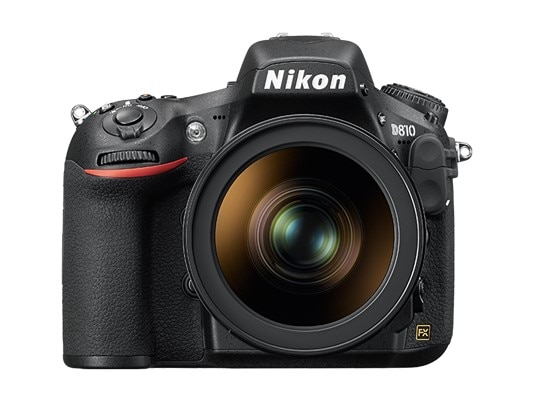
An incredible camera that makes various photography types, such as landscape or portrait a breeze with its features and functionality.
Specifications
- Weight: 34.9 oz (988 g) with batteries
- Size: 5.7 x 4.8 x 3.2 in. (146 x 123 x 82 mm)
- Sensor type: CMOS
- Effective megapixels: 36.3
- Sensor size: 861.6mm (35.90mm x 24.00mm)
- Focal length multiplier: 1.0x
Best for
Nikon D810 - an awesome camera option comes with an indicator for manual focus assistance.
Reasons to Avoid
Considering its sensitivity to lens performance with other cons, this camera is expensive.
Summary
No doubt, its specs and pros make it a considerable option. Its high-quality images and accurate color capturization make it the right choice if you’re up to make a photography debut with a decent camera.
5) Fujifilm X-T4
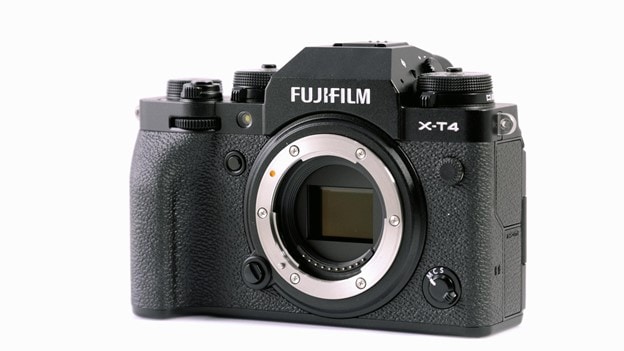
With a fully articulating touchscreen, Fujifilm X-T4 is here to please you with its wide vareity of features. The battery is designed again with a larger capacity, so the camera performs better than before.
Specifications
- Effective pixels: 26.1 million pixels
- Image sensor: 23.5mm x 15.6 mm (APS-C) X-Trans CMOS 4 with primary filter for colors.
- Exposure compensation: -5.0EV - +5.0EV step (Movie: -2.0EV - +2.0EV
- Shutter type: Focal plane shutter
Best for
Not only the camera is easy to use and capture stunning shots, it’s super comfortable to hold as well. The overall design is elegant with much attention given to the details.
Reasons to Avoid
This camera is available as body-only and is on the pricier side as compared to X-T3. If you aren’t a professional photographer, you’ve a room to explore other options.
Summary
The features and specifications with better image stabilization, battery, shooting make it a good choice. However, be ready to invest an equally bigger amount to enjoy all these specs.
Part 3: How to Set Up your Camera for HDR Shooting
Following steps will help you start shooting with your HDR camera.
Step1 Decide on Camera Mode

Most photographers prefer aperture priority mode. One reason is that you decide on the aperture and allow you camera to decide on the shutter speed, considering metering mode.
Step2 Metering Mode
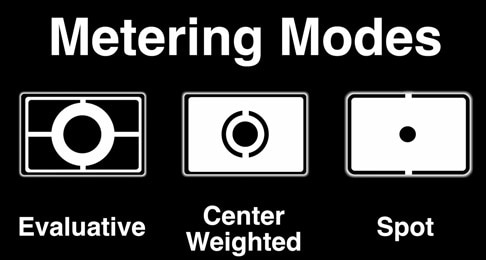
You’ll need to decide between the evaluative/matrix (scene-based), center wieghted or spot metering modes. Choosing one entirely based on your preferences.
However, evaluative/scene-based metering mode is seen as the reliable mode in aperture priority. Because, this mode will balance and find median exposure on the given scene.
Step3 Aperture, ISO and Shutter
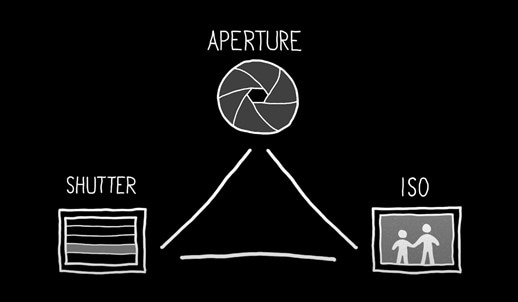
For landscape or cityscape, an ISO of 100 is considered the best. Even in low light situation, this setting works.
A small aperture of about f/8 to f/22 is enough. However, you need to check the level of lens sharpness to get balanced photos.
Shutter speed translates to the estimated time the sensor exposes to the scene, the longer the shutter speed, the brighter your photo will be.
Bonus Tip:
Go for raw shooting, as raw files keep record information on the given image sensor.
Step4 Automatic Exposure Bracketing
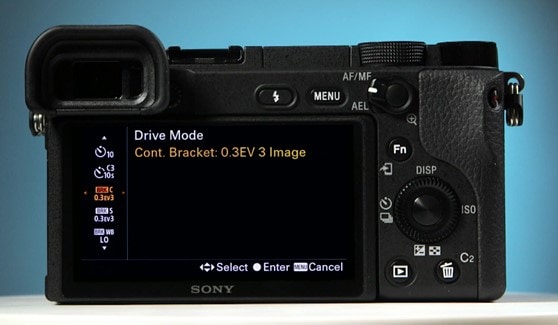
If you’re using a DSLR/mirrorless camera, it’ll have AEB. To enable it, go to menu. You should go through the manual, as every camera has accessed the feature differently.
Once found, it’ll make you set two things; interval and bracket. Brackets will decide on the number of photos you’ll capture whereas interval keeps the gap between those photos.
Step5 Timer and Mirror
You can focus on these steps to reduce slightest movement, even if your camera is mounted on the tripod.
Timer

A two-second timer sounds great as it’ll prevent you from coming in contact with your gear and avoid even the least chance of movement.
Mirror Lockup

A risk of micro-vibration is present in DSLRs, especially when the mirror flips up and expose the image sensor to the light. You can use lockup feature to fix this.
Press the shutter release once, as it’ll flip up the mirror. Press is second time to open the shutter curtain and capture the photo.
Step6 Go for One or More Bracketed Exposures
Now you’re good to click snaps! Just press the shutter release button and listen to the sound of shutter curtains.
Lastly, go to histogram on the LCD screen and ensure each photo features the full dynamic range.
In post processing, you can opt for more than one bracketed exposures, so choose the best ones.
Part 4: How to Make the HDR Shooting Easier
If you find it challenging to capture a great quality HDR image, following tips may help you.
Choose Low ISO Setting
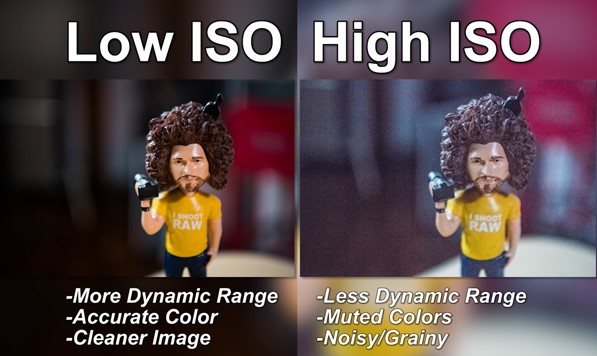
HDR photography creates noise and makes images appear grainy. To fix this, you can go for low ISO setting to ensure less noise.
Choose Continuous Mode
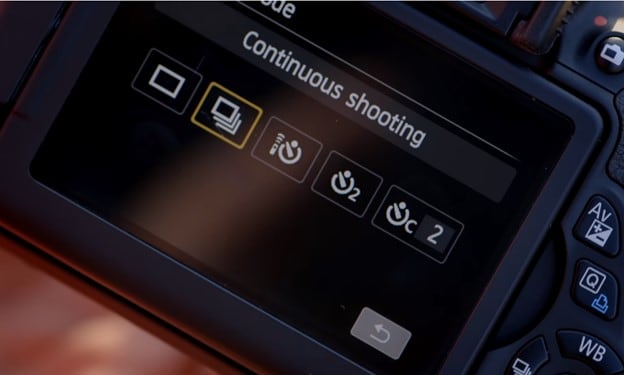
For shooting, choose continuous mode becasue it’ll require you to take bracketed photos only by clicking the release button once. This option is available in Canon and Nikon cameras.
Go for a Cable Release
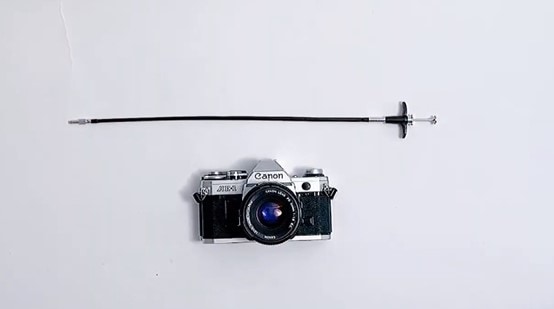
When you press the release button, chances of camera shaking or movement are high. You can try preventing it by using a cable release.
Opt for Several Brackets
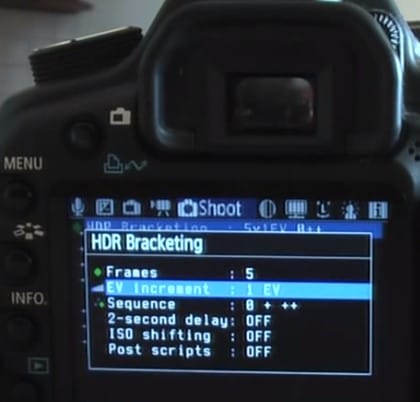
You’ll have several options in post processing if you go for more brackets. For example, going for nine exposures will help you get a better looking image result than opting for two exposures.
Focus on Aperture Priority Mode
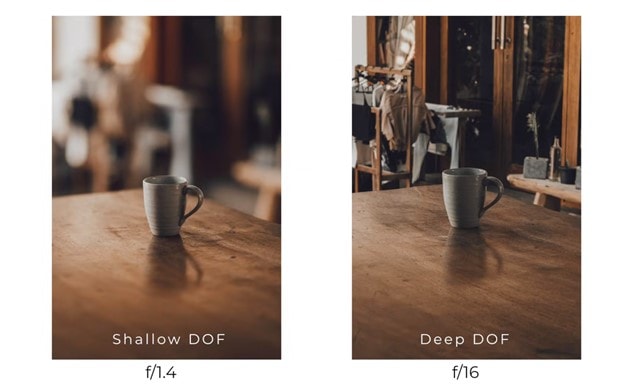
This mode influences the way your camera see field depth. When you keep your aperture fixed for all photos, it’ll prevent changes in depth field. When not fixed, these changes can ruin the image.
Get yourself a Tripod
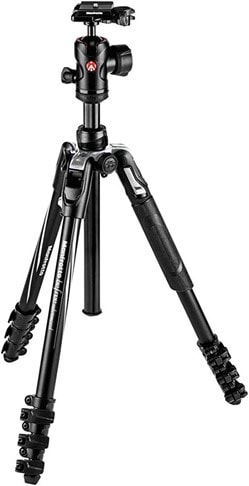
Although it isn’t a necessity, a tripod will help you in nighttime HDR shooting. Or, it might help you take great quality daytime photos, too.
Part 5: Take your HDR Camera and Shoot the Best HDR Photos
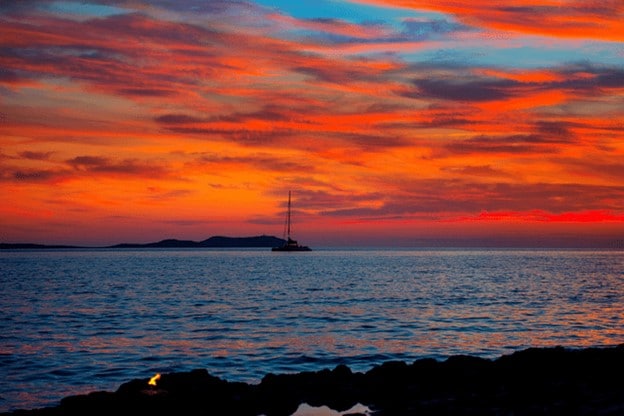
Have you seen mesmerizing sunsets? The captivating contrasts of yellow and red colors, doesn’t it look like the most beautiful view? That’s where you must try HDR photography. Even the time of sunrise seems like the best time to capture a stunning HDR image.
Apart from this, HDR technique can be used to shoot nightscapes and interirors. You can try it in the scenes with a lot of contrast. However, avoid HDR technique with a moving subject.
Next time, when you experiment with landscape or architectural photography, turn on the HDR mode and see the difference yourself.
Final Words
HDR photography has fans and foes. But this shouldn’t restrict you from trying it. Like other photography types, you need practice and patience to ace it.
And with the help of best camera, right set up, tip and tricks mentioned in this blog, you’re sure to nail HDR photography style.
It’s equally important to be aware of scenes or scenario where HDR photography works best. Therefore, try capturing dramatic skies or fields with high color contrast in HDR mode in camera and see the magic yourself.



 100% Security Verified | No Subscription Required | No Malware
100% Security Verified | No Subscription Required | No Malware

